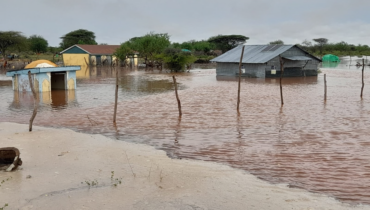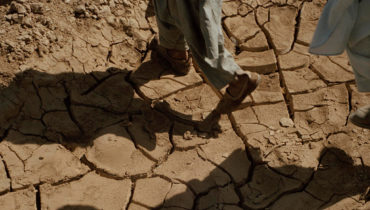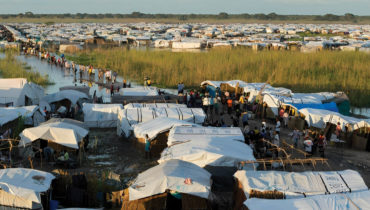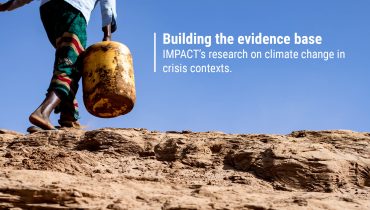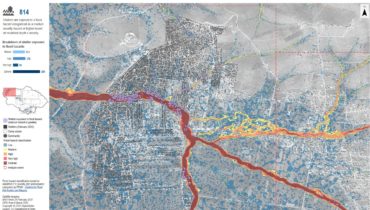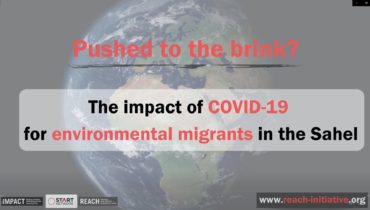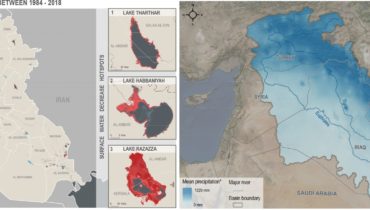Ethiopia Struggles to Secure Funding Amidst Droughts, Floods, and Conflict
24 April 2024
Ethiopia continues to face humanitarian crisis compounded by cycles of droughts, floods, and conflict. The humanitarian community has struggled to secure funding for its response. As the 2024 rainy season approaches, concerns mount over the possibility of yet another failed harvest and erratic rainfall patterns due to El Niño. And spreading the drought to key agricultural areas and densely populated regions.
Despite this urgency, the international community has pledged only a fraction of the funds needed to address this crisis. Ethiopia’s recent high-level pledging conference raised $630 million of the $1 billion target to boost aid for just the next five months. In fact, the overall response which identified more than 21 million people in need, requires $3.24 billion but is currently only 8.9% funded.
This funding shortfall comes as similar appeals for neighbouring Sudan also fell short – countries pledged less than half of the $4.1 billion needed. As the humanitarian responses face significant financial constraints, with funding gaps widening amidst competing global crises, it is important for aid actors to consider what data and analysis tells us about the main gaps in humanitarian assistance to support affected populations to cope with the multiple effects of the crisis they face.
Zoom-in to the Somali region
 In the Somali region, one of the many regions in Ethiopia grappling with the impact of this multi-faceted crisis, households are now confronting historically high levels of acute food insecurity and the collapse of their livelihoods. Five consecutive failed rainy seasons since 2020 have devastated communities, particularly pastoralists whose livelihoods depend on access to water and grazing lands for their herds. Further compounding the situation were the 2023 Deyr floods, exacerbated by El Niño. The floods impacted nearly a quarter of the population in the Somali region, particularly in Daawa, Liban, and Afder.
In the Somali region, one of the many regions in Ethiopia grappling with the impact of this multi-faceted crisis, households are now confronting historically high levels of acute food insecurity and the collapse of their livelihoods. Five consecutive failed rainy seasons since 2020 have devastated communities, particularly pastoralists whose livelihoods depend on access to water and grazing lands for their herds. Further compounding the situation were the 2023 Deyr floods, exacerbated by El Niño. The floods impacted nearly a quarter of the population in the Somali region, particularly in Daawa, Liban, and Afder.
The ongoing drought has had a cascading impact on livelihoods, resulting in staggering 28% drop in livestock due to dwindling resources, crop failure, resulting in a 35% decrease in household income and a notable decline in levels of food consumption. With over two-thirds of assessed households struggling to meet even half their basic needs, 41% have been forced to adopt emergency coping strategies to survive, primarily to access or pay for food, healthcare, shelter and education.
Urgent humanitarian assistance is crucial to addressing these pressing needs, which include restoring food security, securing livelihoods, shelter, ensuring access to clean water, sanitation and health services.
To better understand the impact of drought and climate-related shocks on livelihood practices in Somali, Ethiopia, see the REACH factsheet.
Cover Photo Credit: ©UNICEF Ethiopia/2022/Mulugeta Ayene


